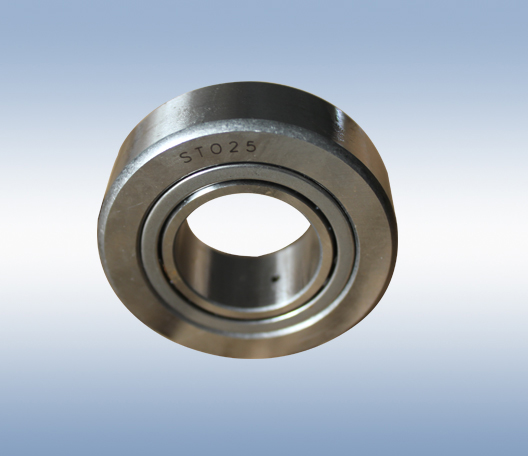| (Service Hotline) 0519-86365509 |
Contact: Shi Lijie +86 15851987186 (same number on WeChat)
Shi Jianlin +86 13806110378 (WeChat account)
Q Q: 657352779
Production room telephone: +86 519-86358076
General Manager Tel: +86 519-86365509
Fax: +86 519-86365069
E-mail: 657352779@qq.com
Website: en.czxmzc.com
Address: No. 98, Weijiaqiao, Niutang Industrial Park, Wujin District, Changzhou City
The water pump bearing should be prevented from applying force through the rolling elements during the operation process. It is requested that the barrier pump should stop applying force through the inner ring when the inner ring is assembled and disassembled, and stop applying force through the outer ring when the outer ring is assembled and disassembled.
When the force is applied through the outer ring, the magnitude of the force should be steady and average, and there should be no impact. If it is a self-priming pump, oil pressure or a tool that can apply a smooth pulling force (pressure) is required.
If there is no way, you can use hammering (it is better to use a copper rod or a copper hammer to stop the hammering), of course, it should be buffered by a softer metal such as a copper sleeve instead of falling chips so that the percussion force can be obtained as much as possible Gently.
The working life of the water pump shaft bearing is often at high speed and high temperature, so the smooth condition will directly affect the service life of the shaft and shaft. Therefore, in response to this situation, we should try to use imported high-grade ones with higher dropping point and better consistency. Smooth fat.
The sealing ring of the water pump bearing should also use a radial contact sealing ring with a larger interference to ensure that the bearing does not lose oil all year round.
There are three areas where the water pump bearing shows a fracture. Today, let’s talk about the origin of the crack.
We inspected the fracture of the water pump bearing with the naked eye and low magnification and found that the source area of the crack will show obvious traces of repeated friction, so we can determine that this is the starting position of the fatigue crack. Radial stripes appear below this area, and there are obvious tear marks, so this area is the fatigue crack propagation area.
After inspection and analysis of the fracture, it can be known that the fracture is a typical bending-torsion composite fatigue fracture. At the beginning, the initiation and propagation of cracks are mainly based on bending stress. Once the cracks begin, the crack propagation speed will change from fast to slow, and then enter the stalemate stage of crack propagation, and finally the shear stress will lead to failure of the shaft fracture. .

